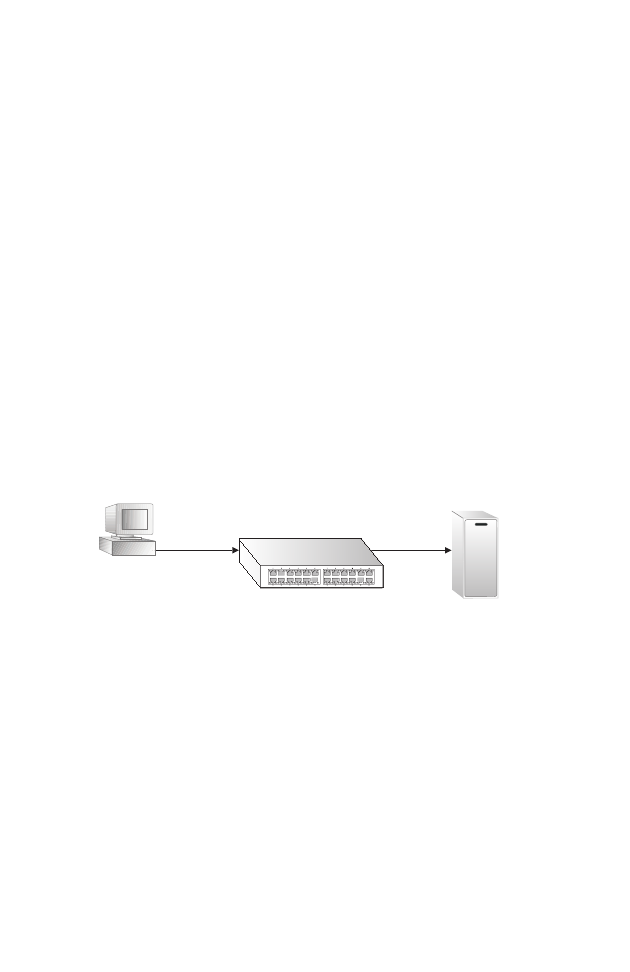
C
ONFIGURING
THE
S
WITCH
3-274
address field and send the message back to the source hardware address.
When the source device receives a reply, it writes the destination IP
address and corresponding MAC address into its cache, and forwards the
IP traffic on to the next hop. As long as this entry has not timed out, the
router will be able forward traffic directly to the next hop for this
destination without having to broadcast another ARP request.
Proxy ARP
When a node in the attached subnetwork does not have routing or a
default gateway configured, Proxy ARP can be used to forward ARP
requests to a remote subnetwork. When the router receives an ARP
request for a remote network and Proxy ARP is enabled, it determines if it
has the best route to the remote network, and then answers the ARP
request by sending its own MAC address to the requesting node. That
node then sends traffic to the router, which in turn uses its own routing
table to forward the traffic to the remote destination.
Basic ARP Configuration
You can use the ARP General configuration menu to specify the timeout
for ARP cache entries, or to enable Proxy ARP for specific VLAN
interfaces.
Command Usage
• The aging time determines how long dynamic entries remain the cache.
If the timeout is too short, the router may tie up resources by repeating
ARP requests for addresses recently flushed from the table.
no routing,
no default
gateway
Remote
ARP Server
Proxy ARP
ARP
request


















